Cracking the Code to Year-Round Success in Lawn & Garden Retail
(Sponsored) Seasonality is a defining characteristic of the lawn and garden industry, bringing unique challenges and opportunities. Managing complex inventory, accurately forecasting fluctuating demand and keeping customers engaged year-round requires strategic planning and the right tools. We sat down with Peter Saratsiotis, Lead Account Executive, Retail, at Lightspeed to discuss how retailers can ensure profitability, boost customer satisfaction, and thrive through every seasonal shift.
- Can you give us an overview of the main seasonality challenges that L&G retailers face throughout the year?
Lawn and garden retailers face fluctuating demand throughout the year, which can make it challenging to accurately forecast inventory needs. Overstocking ties up cash and can leave you with dead stock, while understocking means missed sales opportunities.
Lawn and garden businesses are also dealing with a lot of perishable items, like plants, that can also be affected by unpredictable weather. Basically, there’s more unpredictability in terms of sales, customer demand and product shelf life in the lawn and garden vertical than, say, apparel.
- What’s the best way for L&G retailers to manage fluctuating demand and prepare for peak and off-seasons?
The best way to manage fluctuating demand, and complex inventory in general, is with a smart inventory management system that tracks stock levels, helps predict demand and streamlines ordering processes.
For example, Lightspeed Retail has advanced reporting and forecasting features that enable retailers to identify trends and predict demand based on past trends. By analyzing historical sales data and actionable insights within Lightspeed, retailers can order the right amount of inventory, predict staffing needs for peak days and hours, and plan promotions for maximum impact.
- Inventory management can be particularly complex for L&G retailers. How does a smart inventory management system help with that?
A smart inventory management system enables retailers to manage large inventories of different product types, including multi-variant, composite and weighted products. Using Lightspeed, retailers can also update products in bulk, create customized categories, automate reorders for high-demand products and track stock levels in real time.
We take it a step further by integrating customer profiles and purchase history into the system. This allows retailers to more easily spot trends and better understand their customers. If a store serves both contractors and homeowners, they can create customer groups and analyze their purchase history to identify trends.
- Are there any specific tools or features that help retailers keep track of inventory turnover, especially for seasonal items?
Lightspeed offers a range of tools designed to help retailers track inventory turnover, especially for seasonal items. Product performance reports and inventory sell-through reports help retailers quickly identify which items are moving fast and which are lagging, making it easier to make decisions about restocking or markdowns.
For L&G retailers dealing with seasonal peaks, seasonal tags can be added to inventory items, which helps organize and track products specific to certain times of the year. Lightspeed also allows customization and saving of reports so retailers can tailor inventory insights according to their needs.
- Engaging customers year-round can be a challenge in a seasonal industry. What are some strategies that you’ve seen that work well to keep customers engaged, even during the off-season?
I have clients who’ve had a lot of success engaging customers with loyalty programs and tailored promotions. Lightspeed has in-store customer loyalty built directly into the platform, which makes it easy for lawn and garden businesses to reward repeat customers with points or discounts. You can also leverage Lightspeed’s advanced data and reporting to create targeted promos to entice customers into your store, even during off-peak times.
Hosting workshops or running social media campaigns tailored to customer interests is another great way to engage your customers. For example, you could create a campaign to promote indoor gardening supplies during winter. It could include workshops or demos on the types of plants that thrive indoors, what they need and how your products can help them thrive. By providing real value to customers, you can build trust and keep them engaged with your brand.
© Lightspeed Commerce 2024




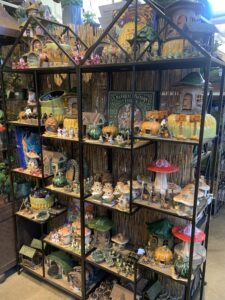


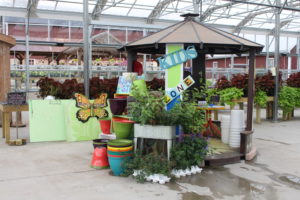



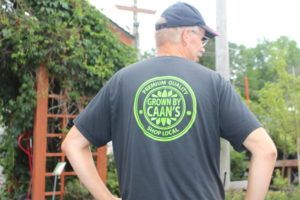

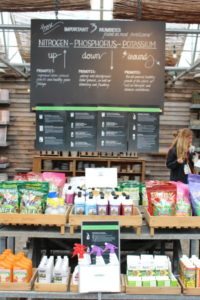
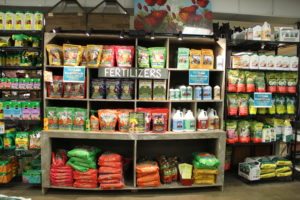
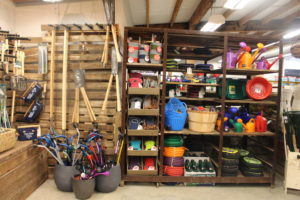
 Videos
Videos





